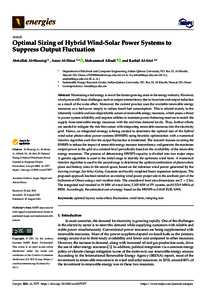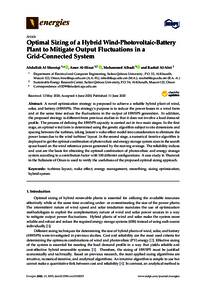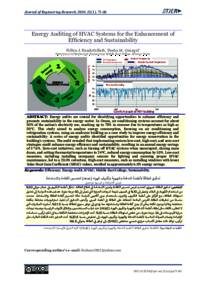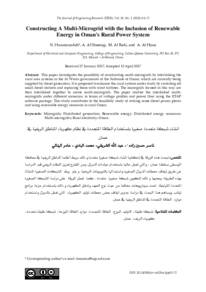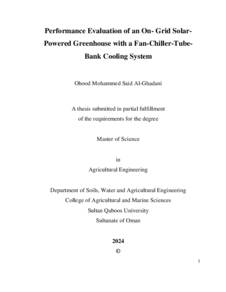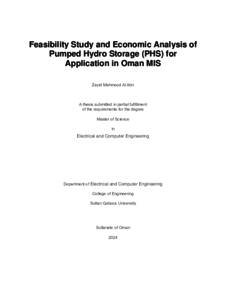Document
Optimal sizing of hybrid wind-solar power systems to suppress output fluctuation.
Identifier
DOI: 10.3390/en14175377
Source
Energies. v. 14, 17, 5377
Contributors
Country
Switzerland
Publisher
MDPI.
Gregorian
2021-09-01
Language
English
Subject
English abstract
Harnessing wind energy is one of the fastest-growing areas in the energy industry. However, wind power still faces challenges, such as output intermittency due to its nature and output reduction as a result of the wake effect. Moreover, the current practice uses the available renewable energy resources as a fuel-saver simply to reduce fossil-fuel consumption. This is related mainly to the inherently variable and non-dispatchable nature of renewable energy resources, which poses a threat to power system reliability and requires utilities to maintain power-balancing reserves to match the supply from renewable energy resources with the real-time demand levels. Thus, further efforts are needed to mitigate the risk that comes with integrating renewable resources into the electricity grid. Hence, an integrated strategy is being created to determine the optimal size of the hybrid wind-solar photovoltaic power systems (HWSPS) using heuristic optimization with a numerical iterative algorithm such that the output fluctuation is minimized. The research focuses on sizing the HWSPS to reduce the impact of renewable energy resource intermittency and generate the maximum output power to the grid at a constant level periodically based on the availability of the renewable energy resources. The process of determining HWSPS capacity is divided into two major steps. A genetic algorithm is used in the initial stage to identify the optimum wind farm. A numerical iterative algorithm is used in the second stage to determine the optimal combination of photovoltaic plant and battery sizes in the search space, based on the reference wind power generated by the moving average, Savitzky–Golay, Gaussian and locally weighted linear regression techniques. The proposed approach has been tested on an existing wind power project site in the southern part of the Sultanate of Oman using a real weather data. The considered land area dimensions are 2 × 2 km. The integrated tool resulted in 39 MW of wind farm, 5.305 MW of PV system, and 0.5219 MWh of BESS. Accordingly, the estimated cost of energy based on the HWSPS is 0.0165 EUR/kWh.
ISSN
1996-1073
Resource URL
Category
Journal articles

